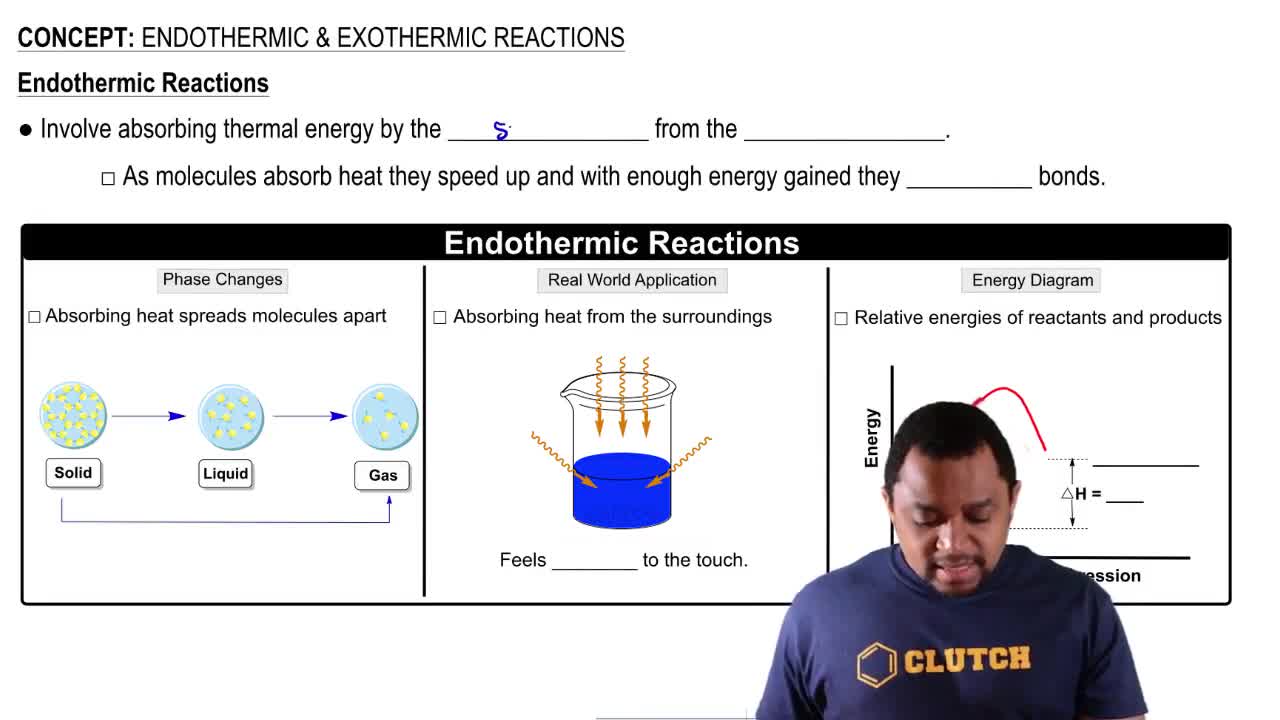Here are the essential concepts you must grasp in order to answer the question correctly.
Radiation Units
Radiation exposure is measured in different units, with the rad and gray being common ones. One rad is equivalent to 0.01 gray, which is the SI unit for absorbed dose. Understanding the conversion between these units is essential for calculating the dose received by the rat.
Recommended video:
Units of Radiation Measurement
Absorbed Dose
The absorbed dose refers to the amount of energy deposited by ionizing radiation in a given mass of tissue. It is expressed in grays (Gy), where 1 Gy equals 1 joule per kilogram. This concept is crucial for determining the biological effects of radiation on living organisms.
Recommended video:
Endothermic & Exothermic Reactions
Energy Absorption Calculation
To find the energy absorbed by the rat, one must multiply the absorbed dose (in grays) by the mass of the rat (in kilograms). This calculation provides the total energy absorbed in joules, which is important for assessing the potential impact of radiation exposure on the rat's health.
Recommended video:
Gibbs Free Energy of Reactions




